Blog
Aching Joints in Your Prime? Here's Why.
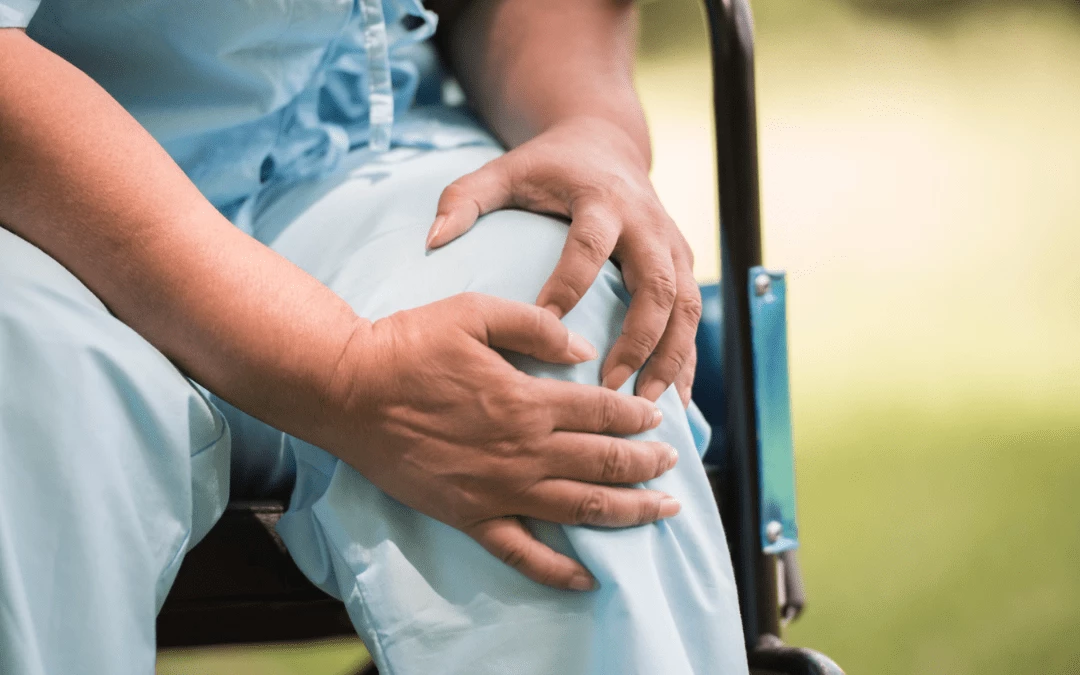
Overview of Arthritis
Is arthritis a disease of the elderly? Symptoms such as painful knees or difficulty walking are often seen in older people, but the truth is that young adults are also affected. The problem is that younger people who suffer from joint pain, swelling or stiffness often do not consider or dismiss arthritis as a cause.
It is important to know that there are many different types of arthritis, namely more than 100 types of arthritis from which many people suffer.1,2 Osteoarthritis, rheumatoid arthritis, and gouty arthritis are some of the few common types of arthritis, with 5 out of 1000 people suffering from rheumatoid arthritis, according to the Arthritis Foundation Malaysia.3 Rheumatoid arthritis is also the most common type of arthritis and mostly affects the younger generation between the ages of 30 and 50.2 Another common type of arthritis is osteoarthritis (OA), which usually affects people 50 years of age and older.2 However, recent studies have shown that OA can affect younger people, especially those who have already suffered a joint injury or are overweight. 4 If you think arthritis is just a disease of old age, you are wrong!
Now back to basics: what exactly is arthritis? Arthritis – arth- stands for joint, and - itis means inflammation, which literally means joint inflammation.1,2 A joint is a part of the body where two or more bones come together to allow movement, such as the knees, elbows, hands, hips, lower back and neck.4,5
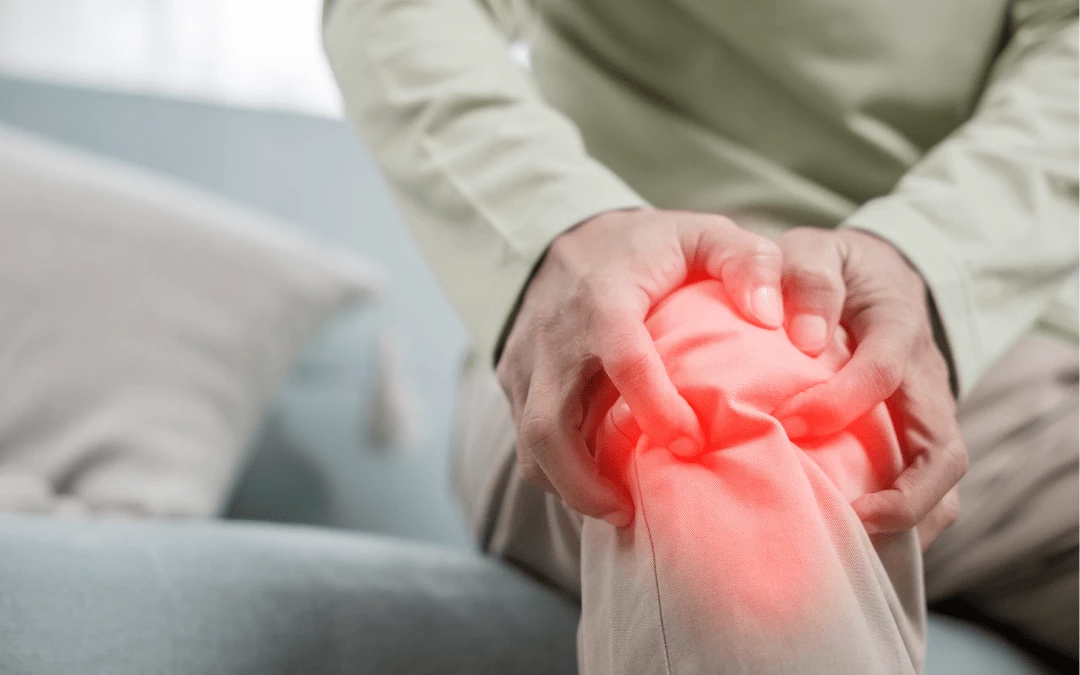
What are the symptoms of arthritis? 1-3
Joint pain, redness, and swelling are among the most common arthritis symptoms. It can affect any joint in the body and cause pain in the affected areas, such as knee cap pain, hip pain, elbow pain, and ankle pain. Multiple joints may also be affected, resulting in pain in more than one area.
Arthritis symptoms usually develop over time, but they can also come on suddenly. Other symptoms may include,
- Stiffness around the joint, especially in the morning or after you have rested
- Clicking and cracking sounds when you bend the joint
- Muscle weakness around the joint
What causes arthritis? 1,2
- Age – although the risk of arthritis increases with age, this need not always be the case
- Overuse of the same joints at work (work-related injury) or in sports, which causes wear and tear on the joints
- Joint injuries – tear or rupture of cartilage or ligaments
- Being overweight or obese – excess weight puts extra stress and pressure on a joint
- Genetics or family history of the disease
- Autoimmune diseases
Osteoarthritis (OA)
Osteoarthritis is one of the most common forms of arthritis, and although it is a wear-and-tear disease in which the protective layer at the end of the bones wears away after years of use, it is not just a disease of old age.4 It is important to know that osteoarthritis (OA) is not just an age-related disease. Younger people who have suffered joint injuries, such as a torn ACL or meniscus, or who are overweight or obese are also at risk for developing OA. Such conditions can accelerate the progression of OA within a few years! 4
OA is not just a disease that develops around the cartilage, but a disease of the entire joint. Affected joints may experience weakening of the bones, and the connective tissue that maintains joint stability may break down, causing inflammation of the synovial membrane. Inflammation plays a critical role in the development of OA, as it does in several other forms of arthritis 4,5 that present with pain, redness, and swelling. Keeping this in mind is essential for effective management of arthritis symptoms.
OA is a progressive disease that can eventually lead to disability. Among the most common symptoms is painful knees. 6 According to a study by the Community Oriented Programme for the Control of Rheumatic Diseases (COPCORD), painful knees accounted for 64.8% of all joint complaints. Surprisingly, more than half of patients evaluated for knee pain had clinical signs of OA.7
Although there is no cure for this debilitating disease, treatment options, such as nutritional supplements, have greatly improved and can effectively treat symptoms at any stage, early or advanced, and potentially slow the progression of OA knee.
What are the stages of OA? 8,9
There are five stages of OA, from stage 0, which is normal and healthy, to stage 5, which is the most severe.
Stage 0 OA – Normal
- Your knee joint is normal and in healthy condition, with no signs of OA or discomfort.
Stage 1 OA – Minor
- You have minor wear and tear in your knee joint
- At this stage, you may not experience pain or discomfort
- Minor cartilage loss, but not enough to affect the joint space
- Synovial fluid is generally still in a healthy range
Treatment
Medical treatment may not be necessary at these stages. However, it is worth considering taking nutritional supplements for the joints. This is especially important if OA runs in your family or if you play sports or engage in activities that put stress and pressure on your knee, which could accelerate the progression of OA.
1. Eggshell Membrane Plus Hyaluronic Acid
- Kordel’s Eggshell Membrane Plus Hyaluronic Acid, also known as the “Joint Multivitamins,” stands out as a superior product that harnesses the power of our patented ingredients, including Ovomet® Eggshell Membrane and Haplex® Hyaluronic Acid.
- Our scientifically formulated supplement is designed to provide optimal joint health, making it the first choice for those seeking premium joint It is also available in chewable tablet form, which is easy and convenient to take.
- Kordel's patented Ovomet® eggshell membrane and Haplex® hyaluronic acid have been shown to provide numerous benefits that have been studied in extensive clinical trials, including:
- Increase in the production of collagen and hyaluronic acid
- Strengthening and improving the elasticity of tendons and ligaments by 47%
- Prevents degeneration of articular cartilage and delays cartilage loss by 20%
- Improves lubrication of joints and connective tissue
- Relieves joint pain in just 5 days
- Reduces inflammation by 45%
- Improves skin barrier, firmness and elasticity to delay aging by locking moisture into the skin to maintain skin hydration
2. Glucosamine Plus Chondroitin 500/400
- Kordel’s Glucosamine Plus Chondroitin 500/400 is a combination therapy of glucosamine and chondroitin that helps protect joint cartilage from damage through its joint-supporting properties. There is also ample clinical evidence of the effectiveness of this combination in combating osteoarthritis.
- This 2-in-1 combination of glucosamine and chondroitin provides the following joint benefits among others such as,
- Stimulation of the production of proteoglycans (building blocks of cartilage)
- Inhibition of the action of enzymes involved in cartilage degradation
- Maintaining and strengthening the integrity of cartilage tissue
- Reduction of joint pain and pain relief
- Improving joint function and mobility
Stage 2 OA – Mild
- Your knee joint is starting to wear out more
- You have pain when walking or running
- You may feel stiffness in your joint when you do not use it for hours or when you kneel or bend over
- This pain and stiffness may last 5 to 7 days
- Your cartilage is starting to break down, but there is still plenty left
- The joint space between the bones is still normal (so the bones are not rubbing against each other)
- There is still enough synovial fluid for normal joint movement
Treatment
If you experience pain in your joints regardless of your age or when you overexert yourself, you should not ignore it and take it seriously. Pain should never be ignored, even if you have a high pain tolerance – it is your body’s message!
If you are over 40 and suffer from joint pain with exercise, Kordel's offers several supplements that can help relieve the pain and discomfort while preventing the condition from getting worse.
1. JFlexi
Kordel’s Jflexi is scientifically formulated with the patented ingredient UC -II® Undenatured Type 2 Collagen (UC-II), which has been shown to support joint health, including:
- Regulates the body’s immune system and reduces cartilage damage
- Repairs articular cartilage
- Reduces joint inflammation
- Improves and supports joint function and mobility
- Repairs joint stiffness faster and improves joint movement
- Suitable for both osteoarthritis and rheumatoid arthritis
2. Glucosamine Chondroitin MSM
Kordel’s Glucosamine Chondroitin MSM is the first advanced effervescent tablet for the treatment and relief of joint pain and inflammation. It is an effervescent tablet with a powerful combination of joint-protecting nutrients, i.e. glucosamine, chondroitin and organic sulfur (MSM), clinically proven to work. The combination:
- Is rapidly absorbed
- Relieves and reduces the arthritis symptoms
- Repairs and rebuilds cartilage
- Maintains and supports joint health
Stage 3 OA – Moderate
- You have more frequent pain when walking, running, bending, or kneeling
- You have joint stiffness after prolonged sitting or when you wake up in the morning
- You may have joint swelling after prolonged exertion
- There is obvious cartilage damage
- The joint space between the bones begins to narrow
- Bone spurs may be present
Treatment
You may be taking pain medications at this stage because of the frequent pain. However, long-term use of these medications may cause other problems such as liver damage, stomach ulcers, etc. You can take Kordel’s joint supplements to effectively relieve your pain and discomfort.
1. Hyaluronic Acid with Collagen
Kordel’s Hyaluronic Acid with Collagen is a scientific formulation containing the patented ingredient Mobilee® Hyaluronic Acid and b-2Cool® Collagen Type II, specifically designed for people with advanced OA. This unique combination has been clinically tested and has the following properties,
- Restores joint lubrication by stimulating hyaluronic acid production 10-fold
- Improves and reduces joint effusion
- Replenishes joint fluid and improves joint discomfort
- Reduces joint inflammation and relieves pain
- Rebuilds cartilage and restores muscle strength
2. Bio-Curmin (Theracurmin)
With frequent, constant pain, the body is also constantly in an inflamed state. Kordel's Bio-Curmin uses clinically proven curcumin to fight chronic inflammation. In the joints, it has been shown to
- reduce joint inflammation
- reduce joint discomfort and relieve chronic joint pain
Stage 4 OA – Severe
- You have severe pain and discomfort when walking or moving around
- Your joint feels extremely stiff and walking may be difficult
- The cartilage is almost completely lost
- There is no or minimal joint space left between the bones
- The joint fluid has greatly decreased and causes friction when you move, resulting in severe pain
Treatment
At this severe stage of OA, surgery may be needed. This is because non-surgical measures may not be effective and may not relieve the pain and symptoms due to the severe damage. Available surgical treatments include realignment of the bone or total knee replacement.
Conclusion
It's important to pay attention to all of these joint-related signs and symptoms, regardless of your age, to think about prevention and take steps to reduce and slow the progression of arthritis as you age. Arthritis symptoms can worsen and affect your daily life if left untreated.
Arthritis knows no age and can occur at any point in life. Take care of your joints and become pain-free today with Kordel’s extensive line of joint-friendly supplements!
References
- Topics, H. (2017). NIAMS Health Information on Arthritis. Retrieved 7 August 2023, from https://www.niams.nih.gov/healthtopics/arthritis#:~:text=%22Arthritis%22%20literally%20means%20joint%20inflammation,skin%2C%20can%20also%20be%20affected.
- Arthritis: What it is, Symptoms, Causes, and More. (2023). Retrieved 7 August 2023, from https://www.healthline.com/health/arthritis
- Rheumatoid arthritis - Arthritis Foundation Malaysia. (2011). Retrieved 7 August 2023, from https://www.afm.org.my/2011/07/31/rheumatoid-arthritis/
- (2023). Retrieved 7 August 2023, from https://www.arthritis.org/diseases/osteoarthritis
- (2023). Retrieved 7 August 2023, from https://www.arthritis.org/health-wellness/about-arthritis/understanding-arthritis/what-is-arthritis
- Hsu, H., & Siwiec, R. (2022). Knee Osteoarthritis. Statpearls Publishing. Retrieved from https://www.ncbi.nlm.nih.gov/books/NBK507884/
- Yeap, S., Abu Amin, S., Baharuddin, H., Koh, K., Lee, J., & Lee, V. et al. (2021). A Malaysian Delphi consensus on managing knee osteoarthritis. BMC Musculoskeletal Disorders, 22(1). doi: 10.1186/s12891-021-04381-8
- The 5 Stages of Osteoarthritis of the Knee (and How to Treat Them). (2023). Retrieved 8 August 2023, from https://www.healthline.com/health/osteoarthritis-stages-of-oa-of-the-knee#stage-0-normal
- The Stages of Osteoarthritis. (2023). Retrieved 8 August 2023, from https://www.verywellhealth.com/stages-of-osteoarthritis-5095938

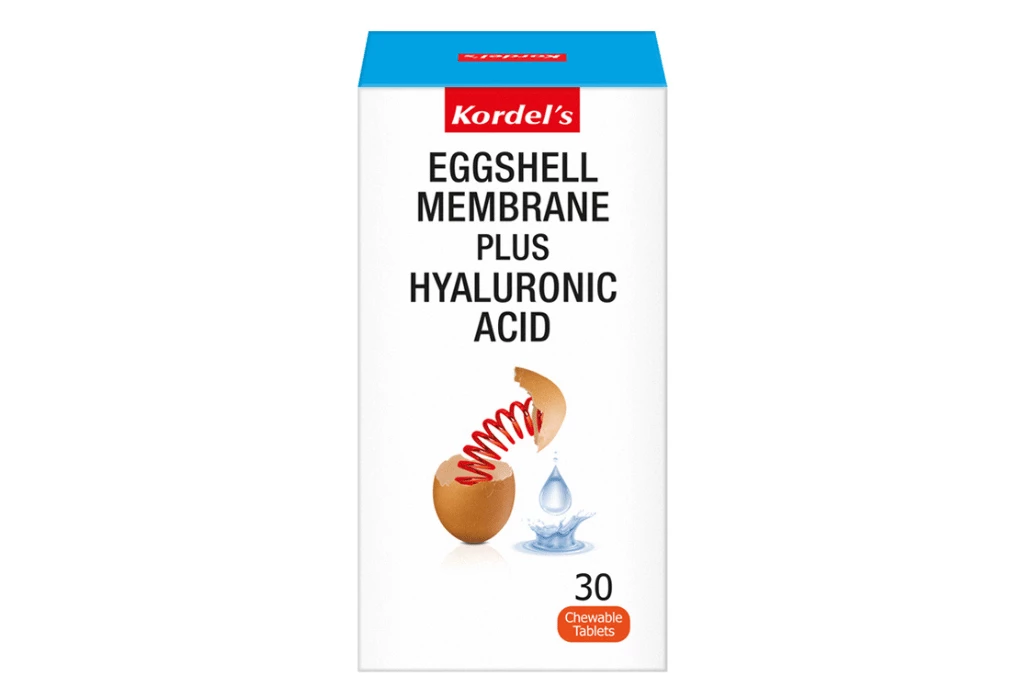
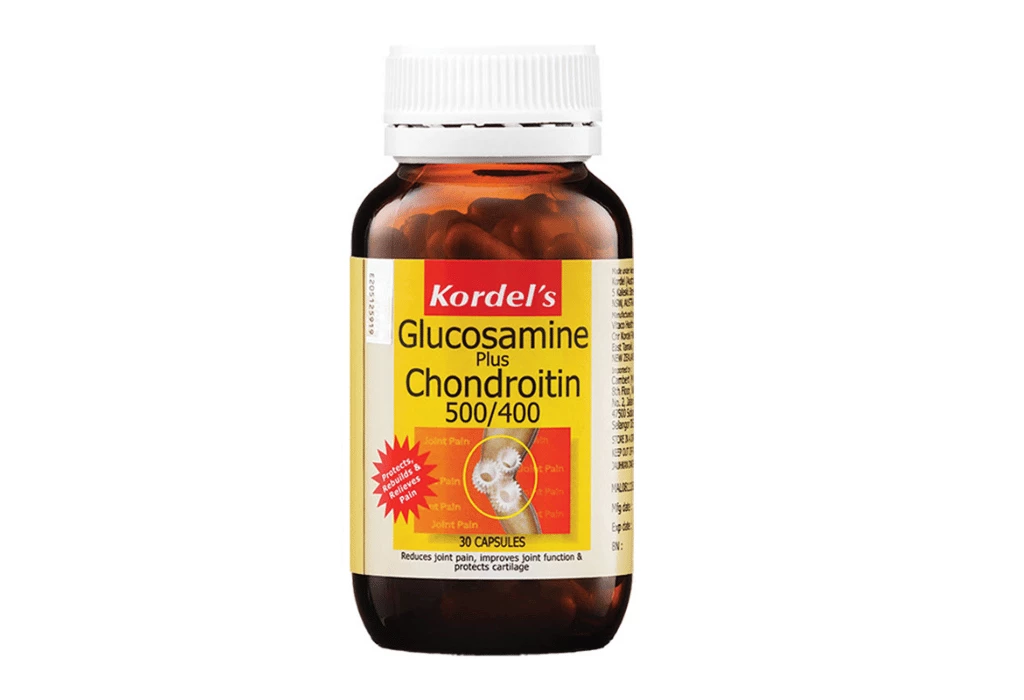
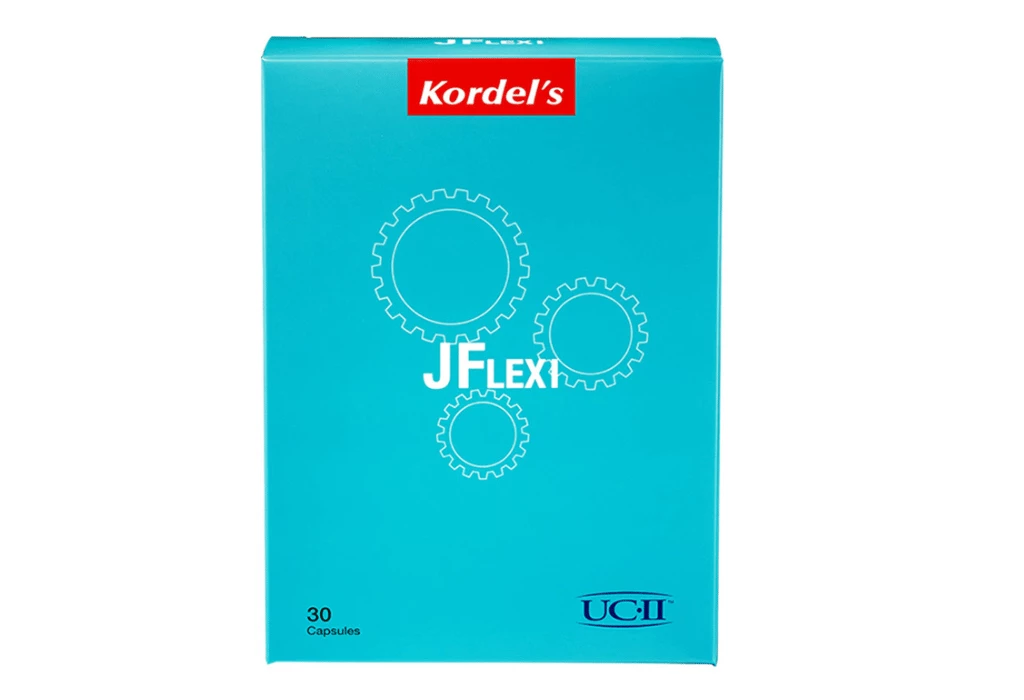
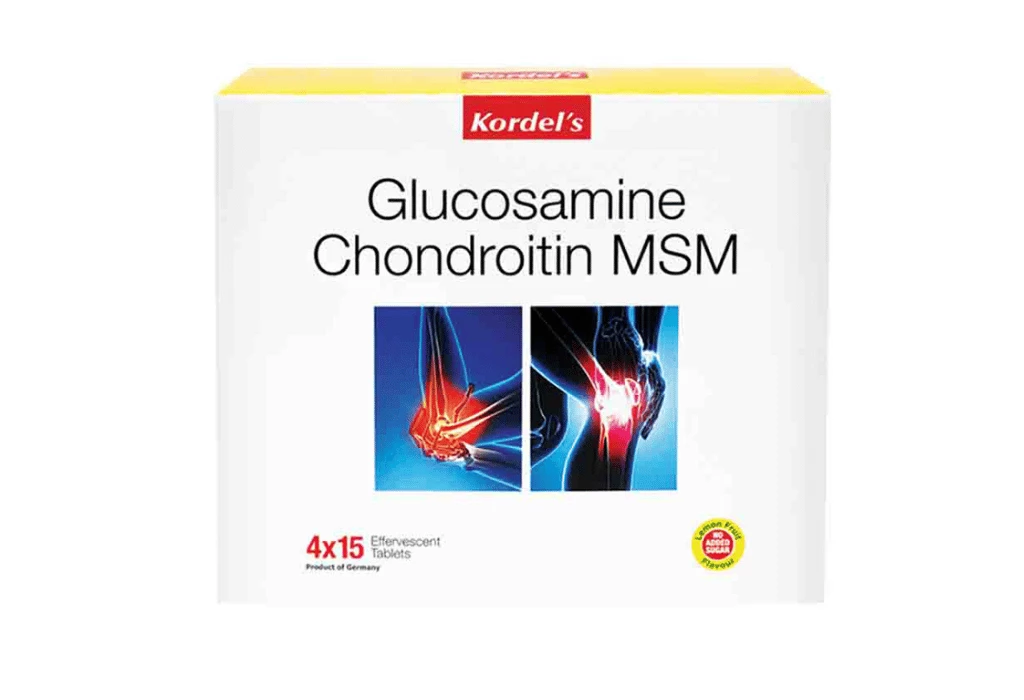
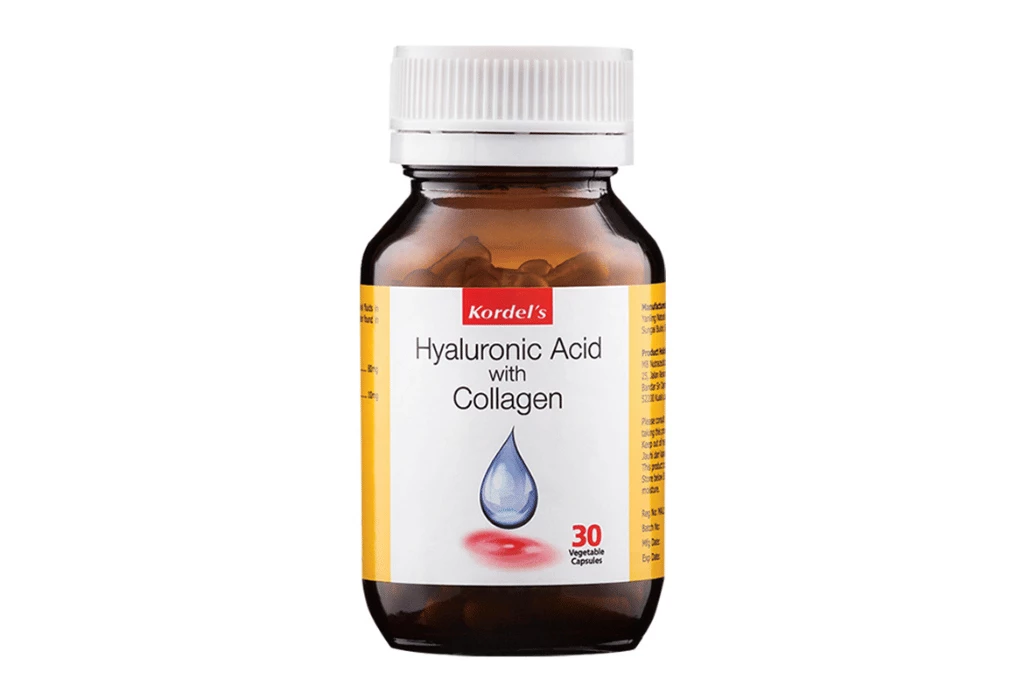
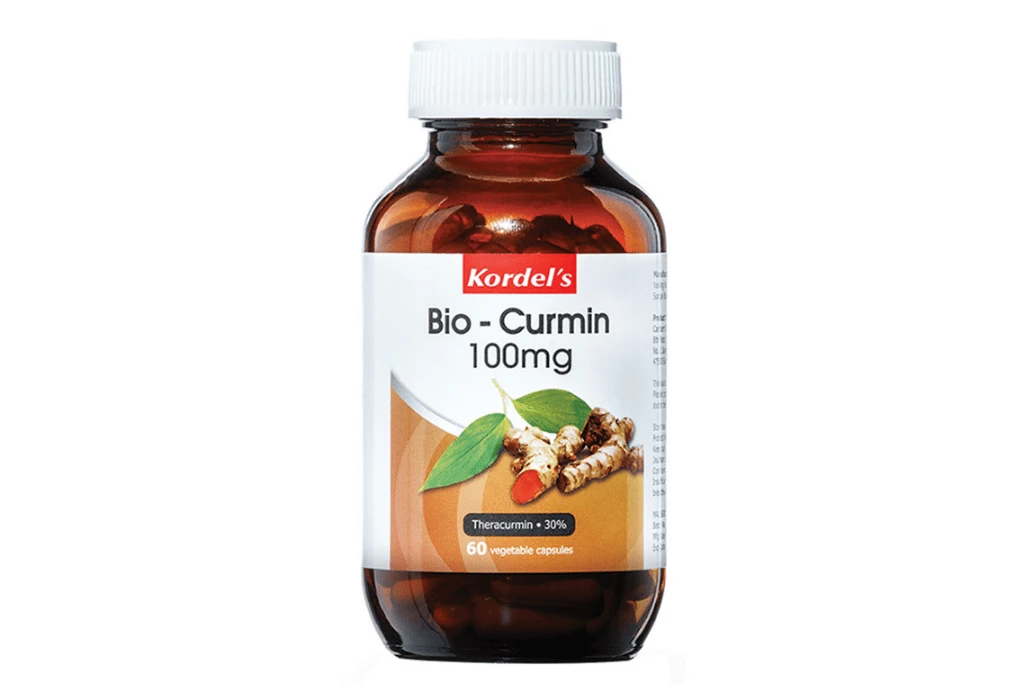
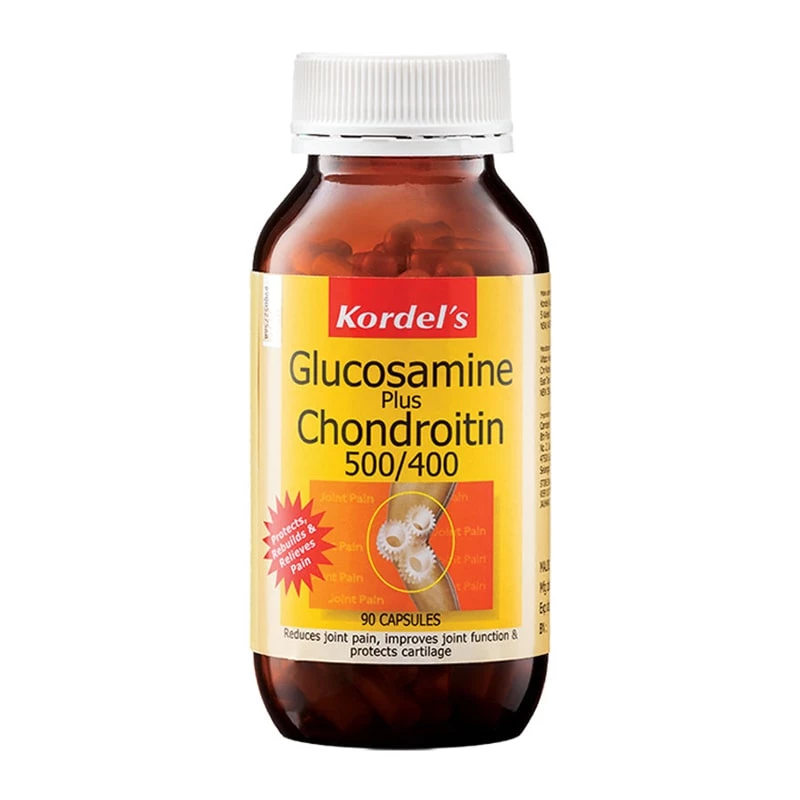
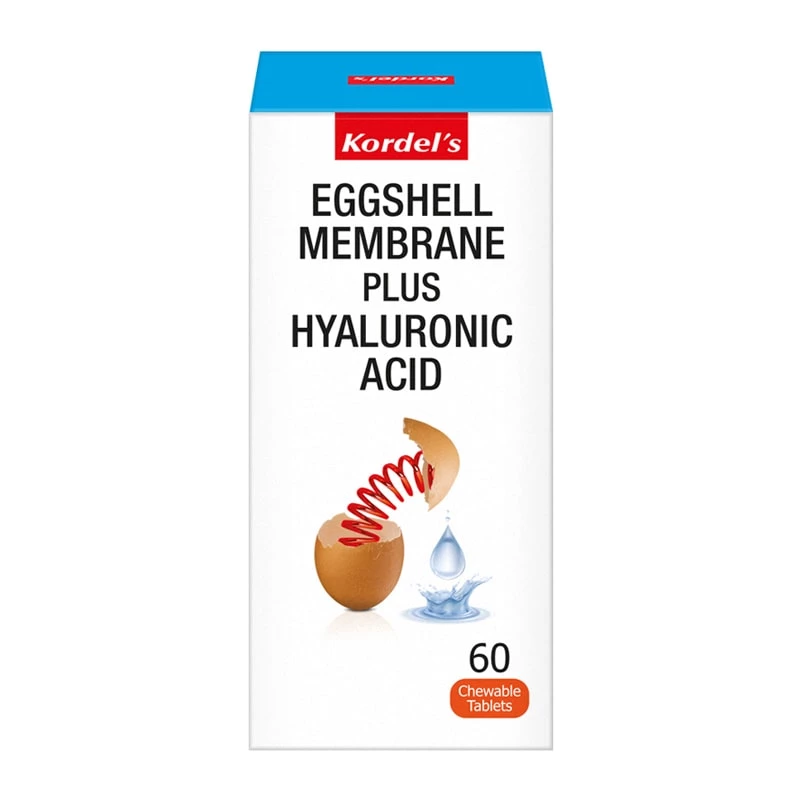
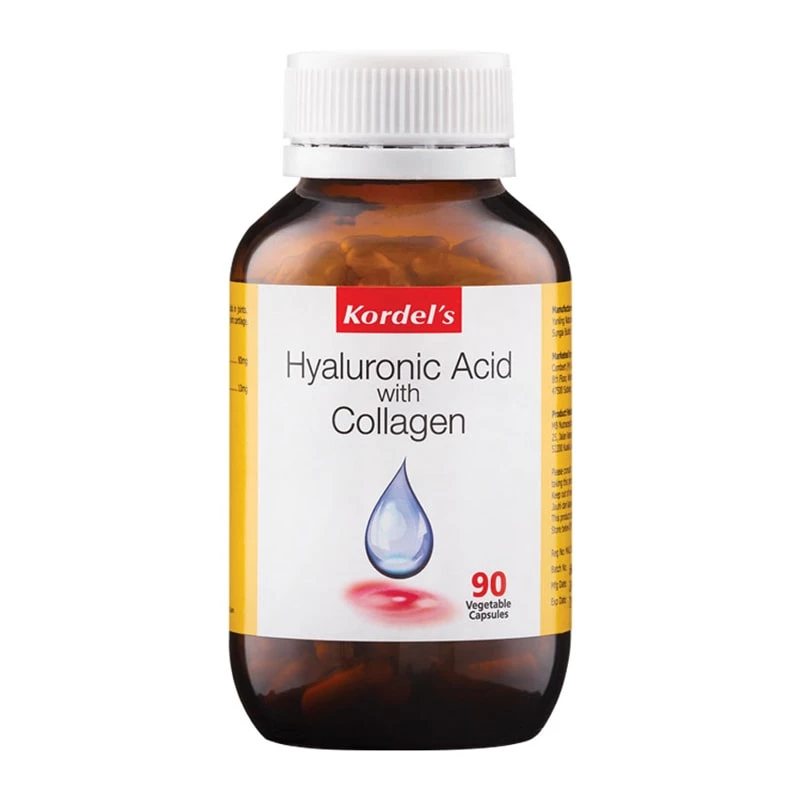
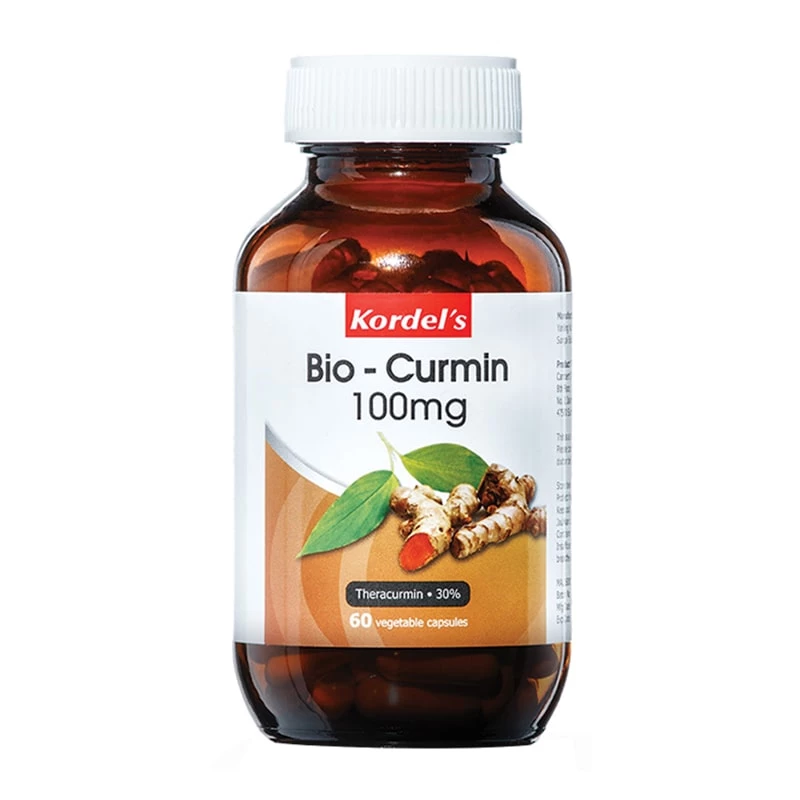

Blog Comments